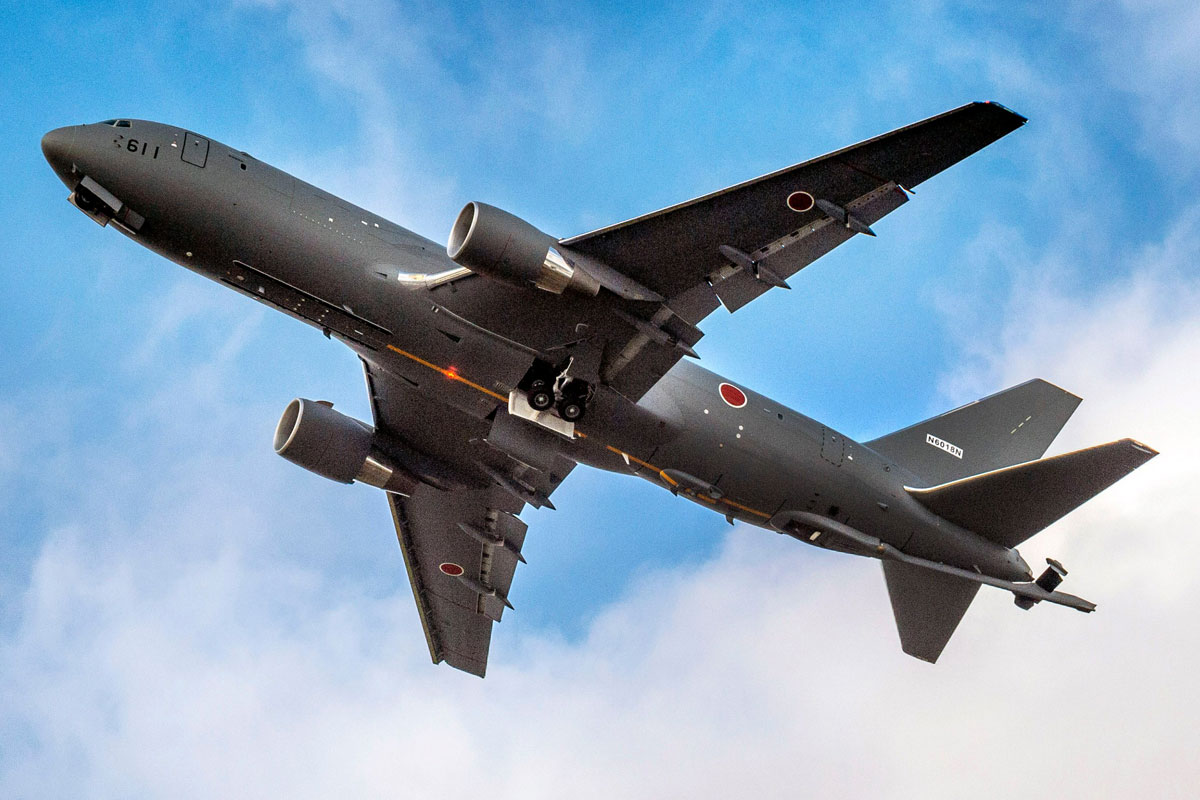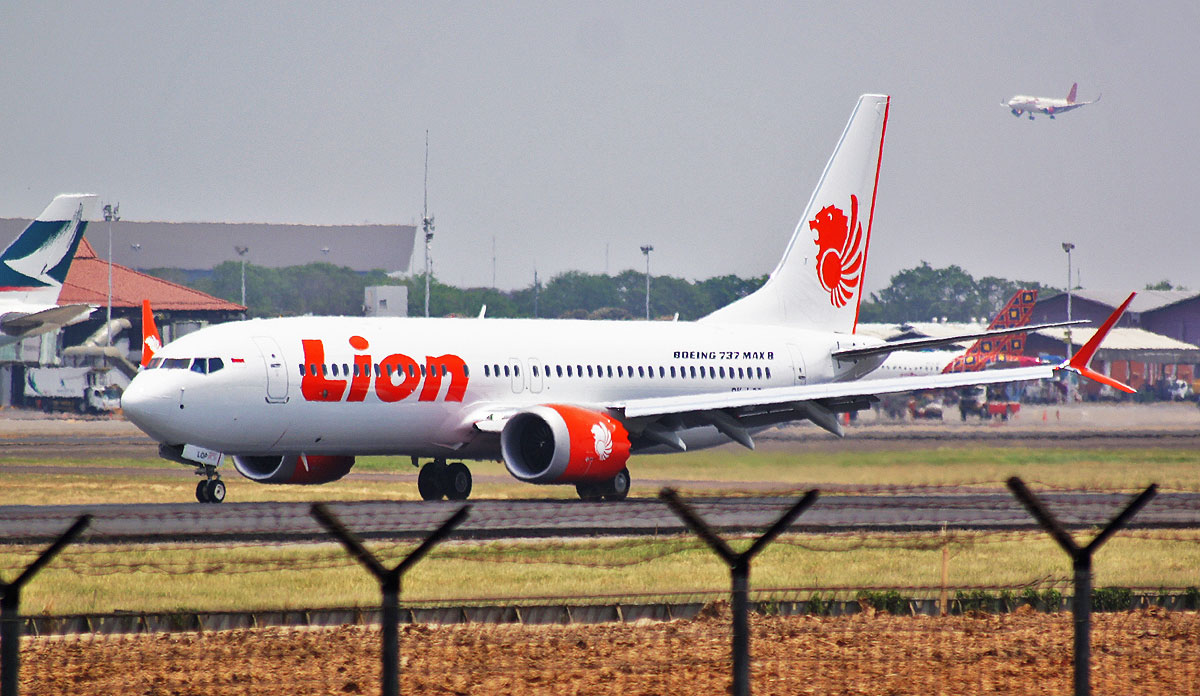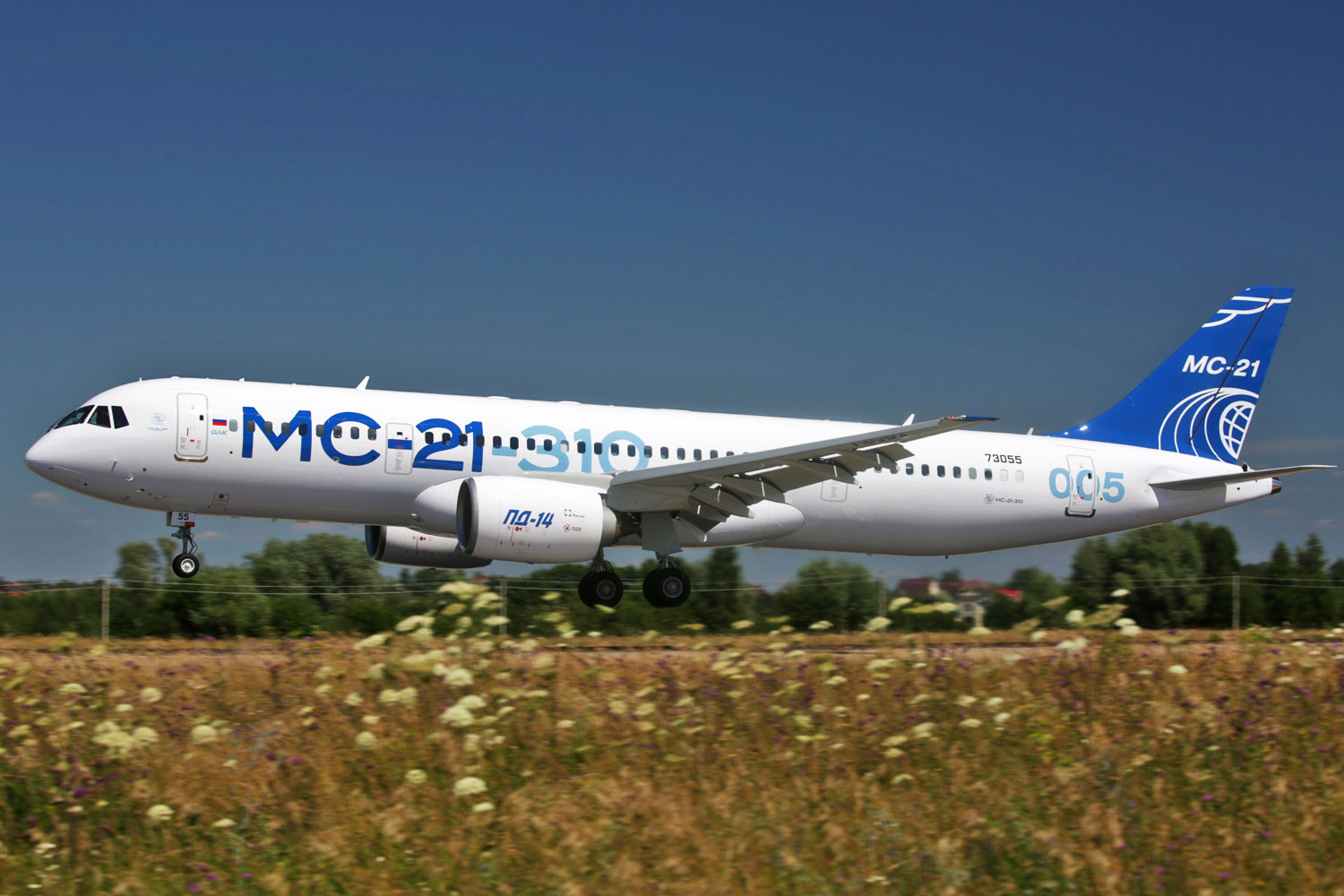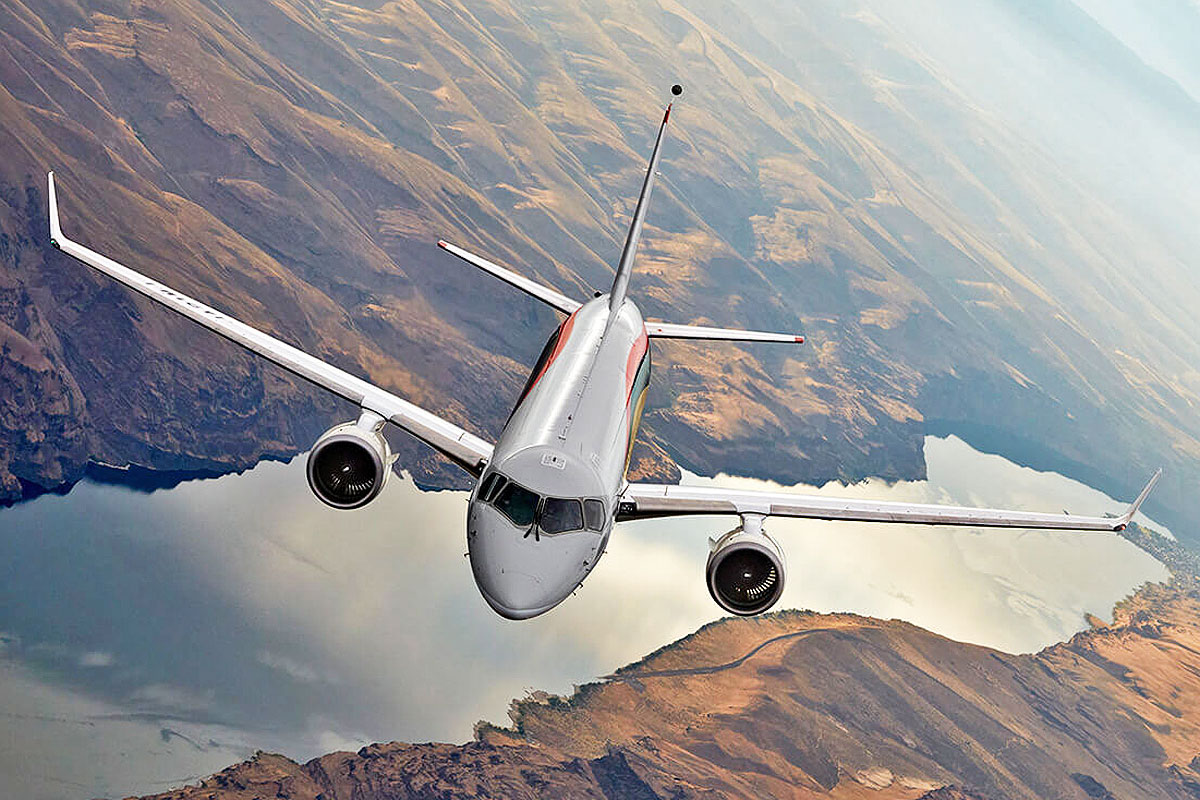On September 5, an Air India Boeing 787-8 that had taken off from Delhi to Birmingham was forced to divert to Moscow after a potential problem in the cargo hold.
Although India maintains open relations with Russia, an aircraft that was heading to the United Kingdom was not supposed to leave the country, which is under sanctions following the military invasion of Ukraine.
The situation is an example of the restrictions that air travel has suffered with great frequency in recent years due to the increase in tension between several countries, civil wars and terrorism.
Follow Air Data News: WhatsApp | Google News | Instagram | LinkedIn | Twitter | Facebook

To avoid risk areas, civil aviation authorities around the world issue recommendations, alerts and even bans, fearing possible attacks, hijackings or misplaced weapons launches. These are called ‘no-fly zones’.
This is not an unwarranted concern. In July 2014, a Malaysia Airlines Boeing 777-200ER was shot down by a missile over Ukraine, killing all on board, amid conflict with separatists in the Donbas region.
In January 2020, a Ukraine International Airlines Boeing 737-800 taking off from Tehran, Iran, bound for Kiev was hit shortly after takeoff by two surface-to-air missiles.
The Iranian government admitted that the country’s defense forces had mistaken the aircraft for a US cruise missile.
Where is it dangerous to fly today?
The Safe Airspace website provides a global overview of regions where there are conflicts and risks on a frequently updated map.
The risk zones are marked in three colors: red (level 1, the most dangerous), orange (level 2) and yellow (level 3).

In September 2024, the map considered eight countries where it is extremely risky to fly. All of them are within a radius of up to 3,500 km and located in the Middle East, North Africa and Eastern Europe.
The nation with the most restrictions, as expected, is Ukraine, which is trying to expel the Russian military that invaded the east of the country in February 2022.
A look at air traffic shown by FlightRadar24 clearly delimits the absence of planes around the country, a phenomenon similar to that seen in the region where Syria, Lebanon and Israel are located.
Although the airports are partially open, many flights have been canceled amid the conflict between the Israeli military forces and Hamas and Hezbollah, in addition to other actions in Syria and possible attacks on Israel by Iran.
A development in the crisis involves Yemen, a country in the southern Arabian Peninsula that is home to the Houthis, an Islamist organization that has attacked ships in the Red Sea and Gulf of Aden.

Longer flights
Since the United States left Afghanistan in August 2021, the country has been controlled by the Taliban and is considered a risk area for civil aviation. Overflights are only permitted in a region on the eastern border, but at flight levels above FL320 (32,000 feet).
In Africa, two countries are on the list, Libya and Sudan. The former has been in a civil war since 2014 and, despite some progress in 2020, remains a high-risk region for aircraft.
Sudan has had its airspace closed since April 2023, when a military coup took place.
Not as restricted, countries with level 2 risk also cause problems for air travel.
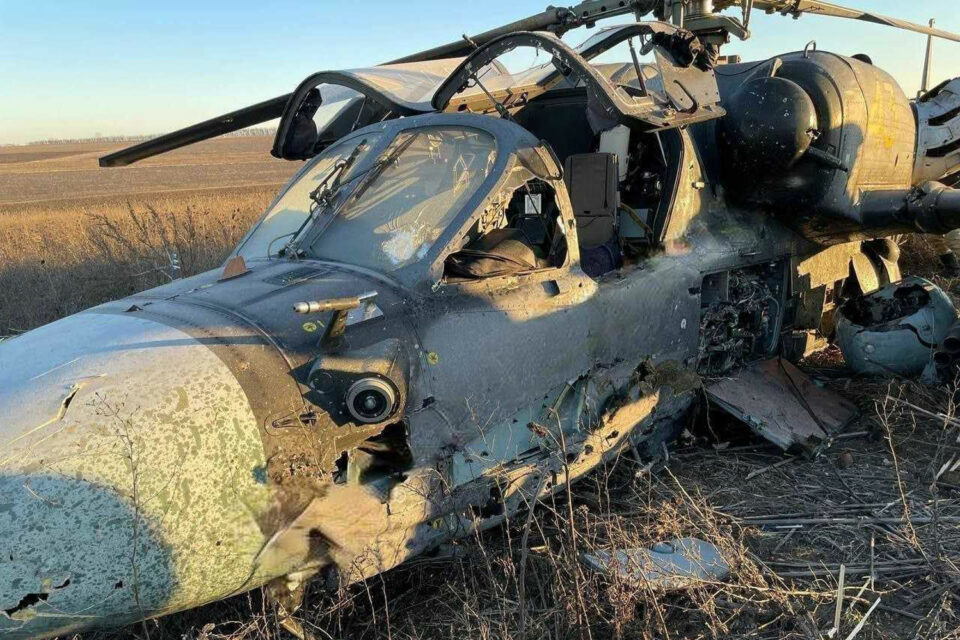
Russia is perhaps the country with the greatest impact on long-haul flights, as many Western and Pacific airlines are banned from flying over it.
As the largest country in the world by land area, avoiding Russian airspace requires longer routes or detours that make flights slower and more expensive.
Level 3 (yellow) causes minor disruptions, often caused by the fact that these nations are neighbors to conflict zones such as Turkey and Egypt, and does not actually prevent air travel but requires extra precautions.



